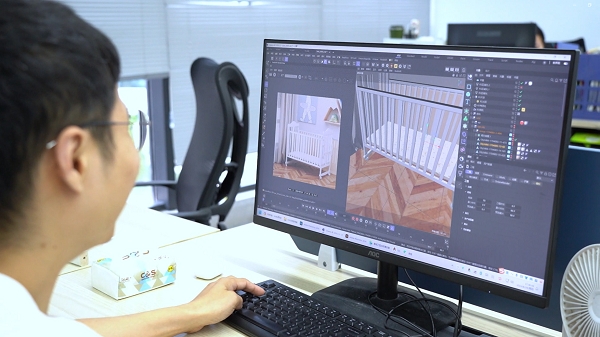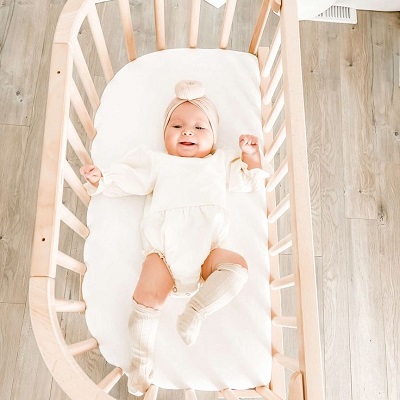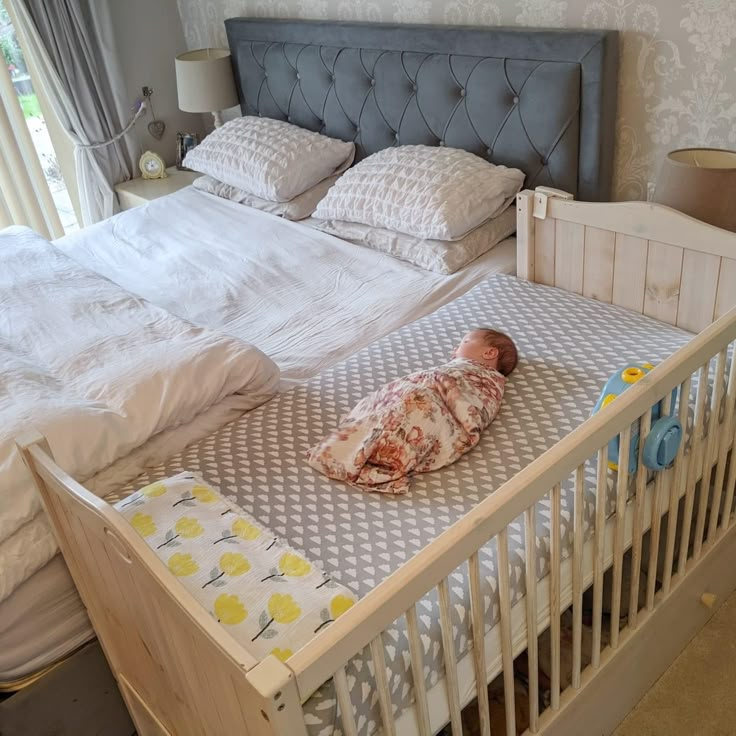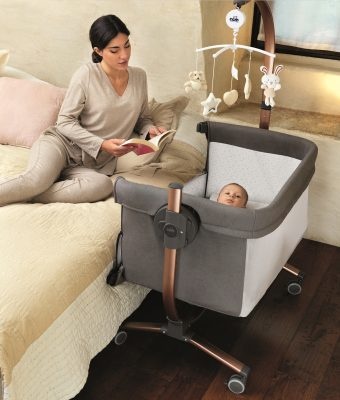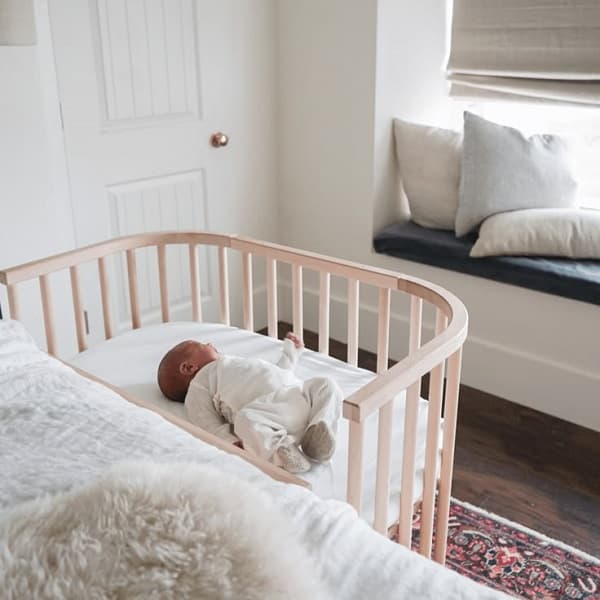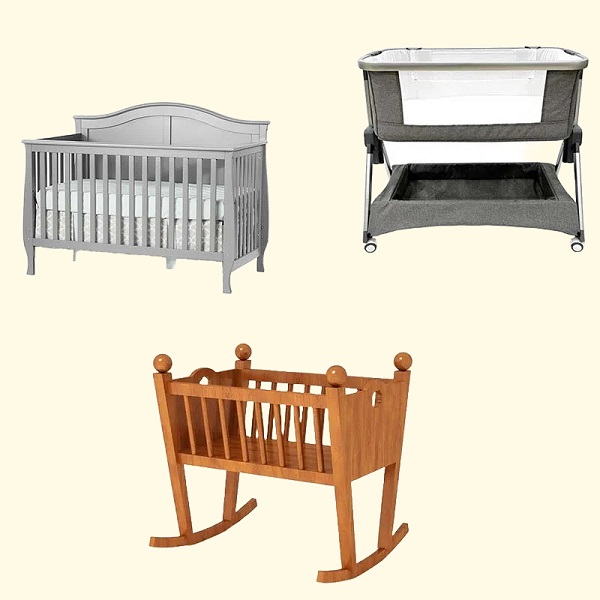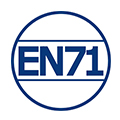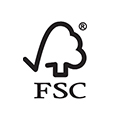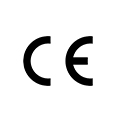Let’s face it—mealtime with a tiny human can feel like a mix of a food fight and a marathon. As your baby transitions to solids, you’re suddenly faced with a big question: Do we go for a high chair or a booster seat?
Both keep your kiddo safe(ish) during meals, but they’re not one-size-fits-all. Let’s break down the highs, lows, and messy realities of each so you can pick the perfect sidekick for your little one.
Why Do You Need a Special Feeding Chair for Your Child?
Let’s be honest: feeding a wiggly baby on your lap is like eating soup with a fork. Here’s why a dedicated feeding chair is worth the investment:
1. Keep the Baby Safe and Comfortable: Babies wiggle. A LOT. Feeding chairs anchor your baby with wide bases and harnesses, so they’re less likely to face-plant onto the floor mid-bite. Plus, a designated spot means fewer crumbs in your couch cushions.
2. Let Your Baby Gradually Learn to Communicate: Elevating your baby to table height lets them join the family chatter. They’ll mimic your fork skills, giggle at Dad’s jokes, and maybe even toss peas at siblings—all while learning social cues.
3. Reduce Parental Trouble: Without a feeding chair? You’re either playing “chase the toddler with a spoon” or sacrificing your own meal to spoon-feed them. Neither ends well.
What Are High Chairs and Booster Seats?
Seggioloni
A high chair is a tall seat designed for infants and toddlers, enabling them to sit at table height during meals. It typically features a sturdy frame, a wide base for stability, a tray, and a harness to secure the child safely. High chairs are equipped with adjustable height settings, recline positions, and removable trays for easy cleaning.
High chairs are commonly used for feeding E playtime, offering a secure and convenient space for children while parents can supervise closely.
Seggiolino rialzato
A booster seat is a portable seat designed to elevate a child so they can sit at the correct height at a regular dining table. Unlike high chairs, booster seats are placed directly on an existing chair and secured with straps.
They are suitable for older toddlers and young children who have outgrown high chairs but still need a height boost to reach the table comfortably.
They are leggero E compact, making them easy to transport and ideal for use at home, in restaurants, or while traveling. Booster seats help children transition from high chairs to regular chairs while maintaining safety and comfort during meals.
High Chairs vs. Booster Seats: Key Differences, Pros and Cons
Key Differences Between High Chairs and Booster Seats
While both serve the purpose of providing a safe and convenient spot for a child to eat, there are distinct differences between the two. Here’s a breakdown to help you understand the key differences and decide which is best for your needs.
| Dining Location | A Place to Put Food | Purposes | Portabilità | |
| Seggiolone | The baby is seated separately from the main dining table | Tray | Has multiple uses | Generally less portable due to their size and bulk |
| Seggiolino rialzato | Allows a kid to sit at the main dining table | Dining table | Mainly used for meals | Easy to transport for dining out or traveling |
High chairs are advised for weaning babies and toddlers. Weaning babies are babies who have just started eating solid foods and the high chair provides proper support and improves their posture.
Booster seats are typically used by babies who can sit on their own. Therefore, the suitable age for a kid to start using booster seats is 9 months. Booster kids can be used by kids until they reach the age of ten years old.
Pros and Cons of High Chairs
Professionisti
- They help improve babies’ posture. Babies’ hips should be at a right angle when they sit on high chairs, this helps them improve their posture.
- They help kids become self-reliant. High chairs allow kids to see and reach their food. Therefore, when they get hungry they can eat by themselves.
- They help save time during feeding. High chairs restrict babies to one place during meal times. Therefore, the time used in chasing kids around and forcing them to eat can be used elsewhere.
- They keep babies safe. High chairs are sturdily built to prevent them from toppling even when the baby is very excited. Straps prevent babies from falling off the chair.
Contro
- They have a weight limit. When toddlers grow to a certain age or add weight, they can no longer fit in high chairs
- High chairs may end up isolating a baby and the mother from the rest of the family as the baby cannot move and the mother has to regularly turn to feed her.
Pros and Cons of Booster Seat
Professionisti
- Easy to install. Booster seats are just platforms that are placed on top of a normal seat. After placing the platform on the seat and the baby is comfortably seated, secure the harness and straps to keep the baby safe.
- They can be used by older kids. Booster seats are used by kids between the ages of 9 months to 10 years Children in this age bracket have started discovering themselves and tend to disregard or forget their parents’ instructions. Strapping the kids in and securing them in booster seats during mealtimes lessens the parents’ worry.
- Allows children to feel included during meal times. Seating with the other members of the family during dinner helps babies feel like they are a part of the family. They can join in on the dinner-time jokes and ask for second helpings like other family members.
- Booster seats have straps and harnesses to protect babies. Although normal chairs are not far off the ground like high chairs, they are still high for babies and toddlers and the straps keep them from falling.
Contro
- Booster seats may take up extra space on the dining chair. This may inconvenience the family members who have to sit next to the baby during mealtimes.
- Booster seats are not compatible with all types of dining chairs. The seats only suit certain shapes and chair sizes.
How Do You Choose Between a High Chair and a Booster Seat?
The following are factors to consider when choosing a high chair or booster seat.
- Age of the kid: High chairs should be used by babies from six months old and onwards. A toddler can also use the high chair but have to stop when they outgrow it. Booster seats should be used by kids from the age of 9 months to 10 years.
- Purpose: High chairs can be used for purposes other than feeding. Parents who want to get a chair solely for feeding purposes should avoid the convertible high chair. Booster seats are primarily used for feeding.
- Tipo: There are several types of high chairs. They include a convertible high chair, wooden high chair, adjustable high chair, foldable high chair, portable high chair, and several other types. The most common types of booster seats are the foldable and the adjustable booster seat.
- Costo: High chairs and booster seats are retailed at various prices. Shopping for baby furniture requires proper planning and budgeting. Therefore, ensure that you choose items you can afford.
- Manufacturer/Supplier: Some manufacturers are reliable and are known for quality products. It is wise to get chairs or boosters affiliated with a trusted manufacturer.
Safety Tips for Using
Safety Tips for Using High Chairs
1. Do Not Leave the Baby Alone on the High Chair
Parents may be tempted to leave their kids on the high chair for some time as their movement is restricted. This is not advisable as the chairs are not foolproof. The baby may choke on food or topple the chair and hurt themselves.
2. Always Place the High Chair on an Even Surface
Babies and toddlers are usually very fidgety. Therefore, placing the high chair on an uneven surface increases the chances of the chair toppling and injuring the baby.
3. Always Secure the Safety Harness
All high chairs are designed with straps or harnesses, always secure the baby with these when they are on the chair. The food tray is not enough to hold the baby and they may fall and get injured.
Safety Tips for Using High Chairs
Ensure the Booster Seat Is Well Placed on the Chair
Check whether the booster seat has been securely placed on the chair before strapping your kid in it.
Always Follow the Installation Guide
Booster seats have an installation guide that needs to be followed for them to be effective. The guide also has standards on the weight and height of a kid that should use the seat. Adhere to the requirements, do not put a kid below the set weight into a booster seat.
Always Secure the Baby with the Straps or Harness
Normal dining chairs are still big and too high for babies even when they are on a booster. Therefore, they need to be secured to the chairs with a strap.
Conclusione
High chairs and booster seats are both designed for children. They are all primarily for feeding babies but a high chair seats the baby separately from the dining table while a booster seat allows a baby or young kids to sit at the regular dining table.
Parents need to exercise caution when using both children’s products as they are not foolproof and can result in child injuries. Contattaci for more kids’ products.
Articoli correlati consigliati:

